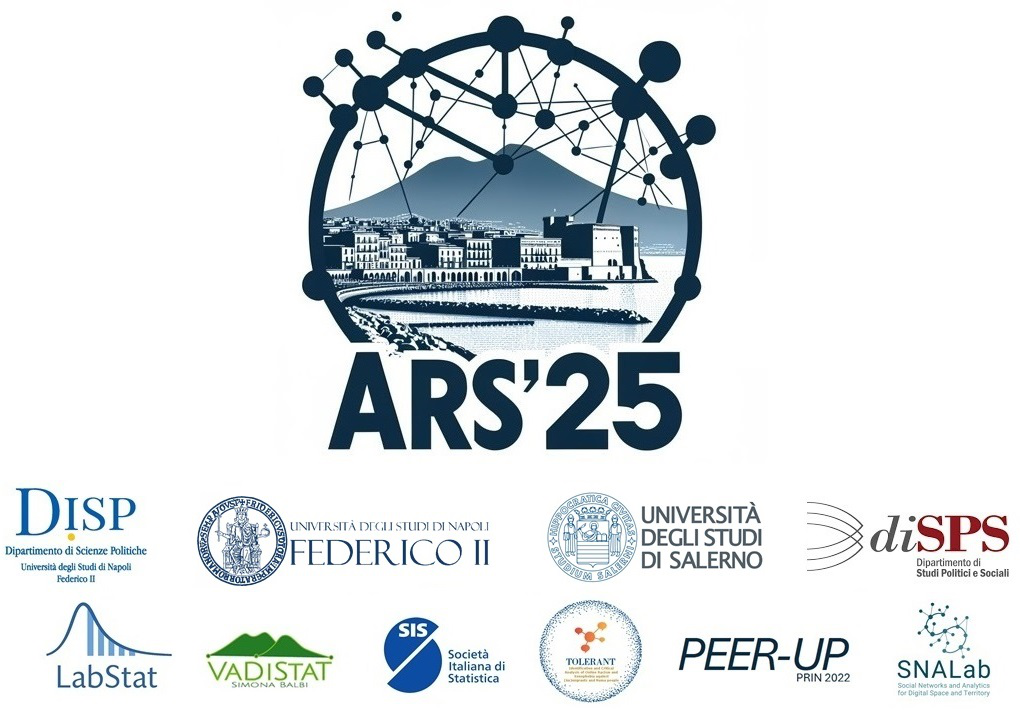Speaker
Description
This study employs social network analysis to examine how positively energizing leadership behaviors, or behaviors that include virtuous and relational energy as perceived by followers, flow through organizational networks and impact employee well-being. While previous research has established that positively energizing leaders create vitality and enthusiasm among employees through specific behaviors like expressing gratitude and demonstrating genuine care, little is known about how these energy dynamics operate at the network level within organizations.
Using sociometric survey techniques, we will map complete organizational networks within 2-3 Irish organizations. Data collection includes perceived Positively Energizing Leadership Scale (PELS) behaviors, relational energy, vitality, and PERMA+4 well-being scores (covering positive emotions, engagement, relationships, meaning, accomplishment, plus physical health, mindset, environment, and economic security), and energy network connections.
Our analytical approach examines network centrality, density, and clustering to identify how positively energizing leadership spreads through organizational structures. We investigate whether individuals functioning as "energy hubs" (high in-degree centrality for PEL nominations) demonstrate different well-being profiles compared to energy "receivers" or "isolates." Additionally, we explore how formal leadership positions align with informal energy leadership roles within the network structure.
Using exponential random graph modeling (ERGM), we identify organizational factors that facilitate or hinder the diffusion of positively energizing leadership. This approach reveals not just individual-level leadership effects but how relational energy circulates within organizations as a collective phenomenon, potentially creating "energy hotspots" or "energy deserts" that significantly impact organizational well-being. We hypothesis that people in non-leadership roles can have influencing and positively energizing effects on networks.
Preliminary findings suggest that positively energizing leadership creates measurable network effects beyond traditional hierarchical structures, with implications for organizational design and leadership development. This research contributes to understanding how energy-based leadership constructs operate through social networks and provides practical insights for fostering positive organizational climates through strategic network interventions.
Keywords/Topics
Social Network Analysis
Positively Energizing Leadership
Organizational Well-being
PERMA+4
Relational Energy
Network Centrality
Exponential Random Graph Models
Workplace Networks
Energy Networks
Leadership Networks
PELS Scale
Organizational Psychology
Network Diffusion
Energy Hubs

